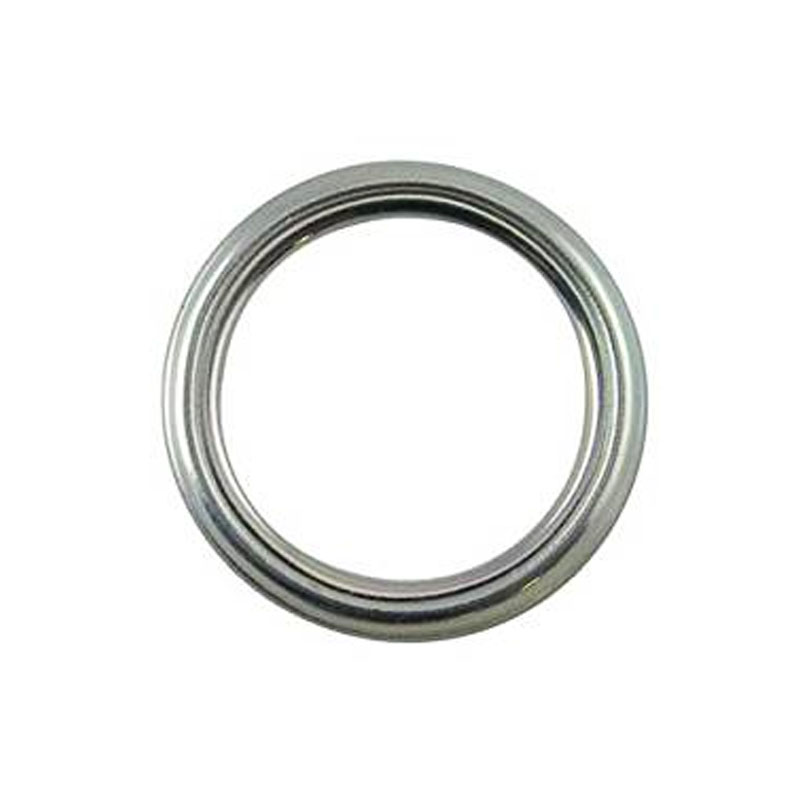Understanding the Importance of Seals Between Engine and Transmission for Optimal Performance
Understanding the Importance of the Seal Between the Engine and Transmission
In the world of automotive engineering, every component of a vehicle plays a crucial role in its overall performance and reliability. One such component often overlooked is the seal between the engine and the transmission. This seemingly minor part is essential for ensuring the smooth operation of the vehicle and preventing costly damages.
The seal between the engine and transmission, commonly referred to as the engine-transmission seal, is designed to keep fluids from leaking between these two critical components. This seal is typically made of durable rubber or silicone materials, engineered to withstand the high temperatures and pressures generated by the engine and transmission during operation. Its primary function is to maintain a tight barrier, preventing essential fluids such as oil and transmission fluid from escaping.
One of the key reasons this seal is so vital is that it helps maintain the optimal levels of oil and transmission fluid. Engine oil lubricates the engine's moving parts, reducing friction and wear, while transmission fluid is essential for smooth gear shifts and overall transmission function. If the seal fails, it can lead to leaks that not only compromise the fluid levels but also lead to engine overheating or transmission failure. Such issues can result in expensive repairs, increased downtime, and a decrease in vehicle performance.
Moreover, a compromised seal can also lead to contamination. When fluids leak out, dirt and debris can easily enter the engine or transmission, causing additional wear and tear on sensitive components. This contamination often goes unnoticed until significant damage occurs, resulting in incurring further repair expenses.
seal between the engine and transmission

Regular vehicle maintenance is essential for preventing issues related to the engine-transmission seal. Mechanics often assess the integrity of this seal during routine check-ups. Signs of a failing seal can include visible fluid leaks, a burning smell from the engine bay, or even erratic shifting in automatic transmissions. Early detection can save vehicle owners from major problems down the line.
Additionally, choosing high-quality replacement seals is significant when repairs are necessary. OEM (Original Equipment Manufacturer) parts typically offer better durability and performance compared to generic alternatives. While the latter may be cheaper, they often lack the precision and quality controls present in OEM products, leading to premature failures and leaks.
Installation is another critical factor in the proper functioning of the engine-transmission seal. A poor installation can lead to misalignment or inadequate sealing, making it just as significant as the seal’s quality itself. Therefore, it's crucial to have the seal installed by a trained professional, ensuring that it fits perfectly and functions as intended.
In conclusion, the seal between the engine and transmission may be a small component, but its significance in maintaining vehicle performance and longevity cannot be overstated. By preventing fluid leaks, reducing contamination risk, and ensuring optimal oil and transmission fluid levels, this seal plays an integral role in the overall health of a vehicle. Vehicle owners should prioritize regular maintenance checks and use quality replacement parts to ensure that this crucial seal continues to perform effectively, safeguarding against future engine and transmission troubles. Understanding and addressing the importance of this seal can lead to a more efficient and reliable driving experience.
-
Simplifying Oil Changes: A Comprehensive Guide to Oil Drain Plugs and Their Variants
News Aug.04,2025
-
Mastering Oil Drain Maintenance: Solutions for Stripped, Worn, and Upgraded Oil Plugs
News Aug.04,2025
-
Fixing Oil Pan Plug Issues: Leaks, Stripped Nuts, and the Right Replacement Solutions
News Aug.04,2025
-
Everything You Need to Know About Oil Drain Plugs: Sizes, Fixes, and Upgrades
News Aug.04,2025
-
Choosing the Right Oil Drain Plug: A Guide to Sizes, Materials, and Drain Innovations
News Aug.04,2025
-
A Complete Guide to Automotive Drain Plugs: Types, Problems, and Innovative Solutions
News Aug.04,2025
-
The Ultimate Guide to Car Repair Kits: Tools and Essentials Every Driver Should Own
News Aug.01,2025
Products categories















